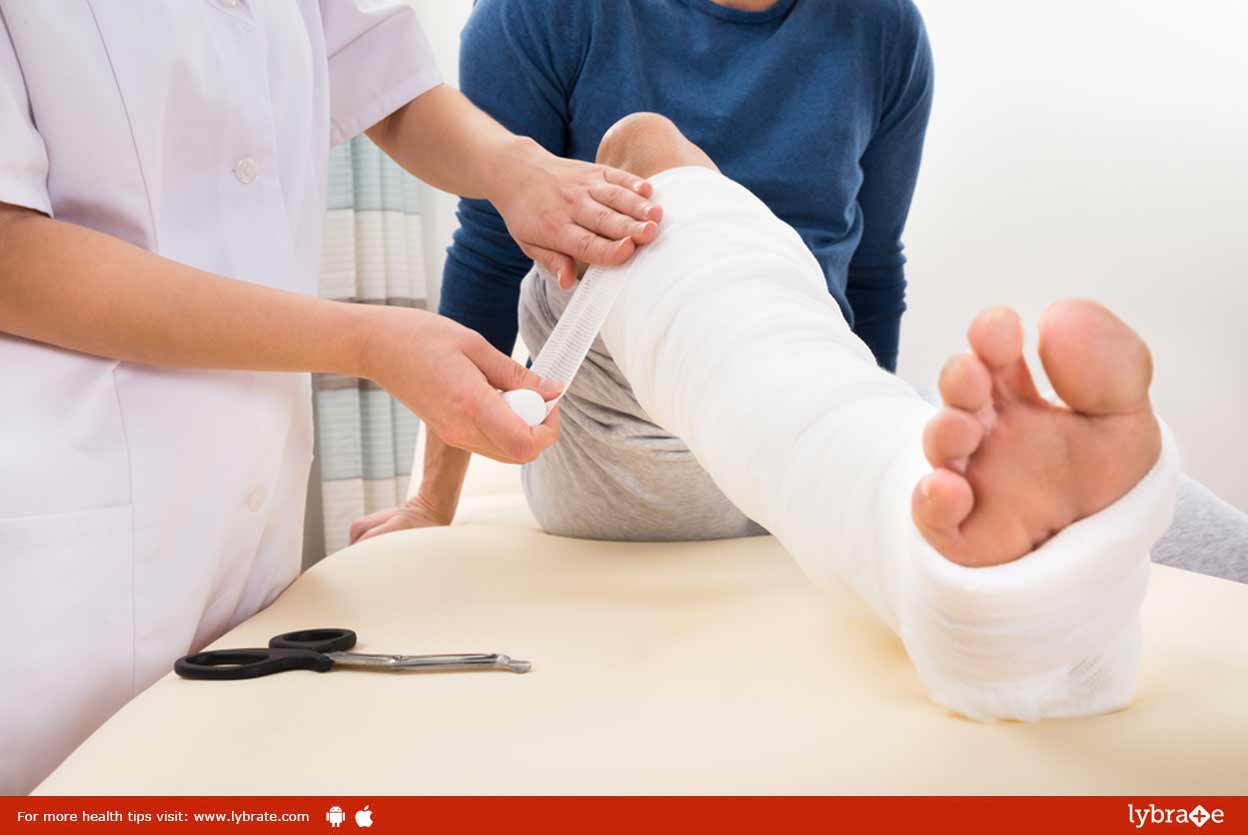By Dr. L Tomar , Orthopaedics
The bones in the fingers are known as phalanges. There are three phalanges in each finger, while there are only two in the thumb. A fractured, or broken finger develops when these bones break. An injury to the hand can result in a break. The knuckles, or the joints in your fingers, can get fractured too.
What can cause a fracture?
Since you use your fingers so much, they are at the highest risk of injury. Usually, the strength of your bones and the type of injury determines whether a fracture will occur or not. Some causes of finger fractures include:
1. Working with heavy tools such as saws or hammers
2. Being hit by an object moving at a fast speed, such as a cricket ball
3. Slamming your fingers in a door
4. Breaking your fall by putting pressure on your hands
Besides these causes, certain conditions, such as malnutrition and osteoporosis (characterized by brittle and weak bones) can make bones vulnerable to fracture.
Types of Fracture
There are numerous types of fracture, and they are categorised according to fracture method, skin involvement and bone position. Some examples of these categories are as follows:
Fracture method
- Avulsion fracture – A segment of bone detaches from the main bone, along with the tendon and ligament attached to it
- Impacted fracture – Break in the bone without loss of alignment
- Shear fracture – A force splits the bone into two
Skin involvement
- Open fracture – The skin breaks due to the bone piercing through
- Close fracture – The bone breaks but there is no skin tearing
Bone position
- Nondisplaced fracture – Slight crack in the bone, but no movement
- Displaced fracture – Multiple cracks which move and are nonlinear
- Comminuted fracture – Three or more cracks in the bone (a subtype of displaced fracture)
The symptoms of fractured fingers are as follows:
1. Pain
2. Swelling
3. Tenderness
4. Limited movement
How fractures can be treated?
The treatment of fractured fingers depends upon the injury’s stability and location. If the fracture is stable, your doctor will simply realign the fracture and apply a splint. If it is unstable, however, you will need surgery. Your doctor will perform surgery if you have:
1. Multiple fractures
2. Unattached bone fragments
3. Joint injury
4. Tendon or ligament damage
5. Open, displaced or unstable fractures
6. Impaction fractures (fracture in a part of the bone)








































